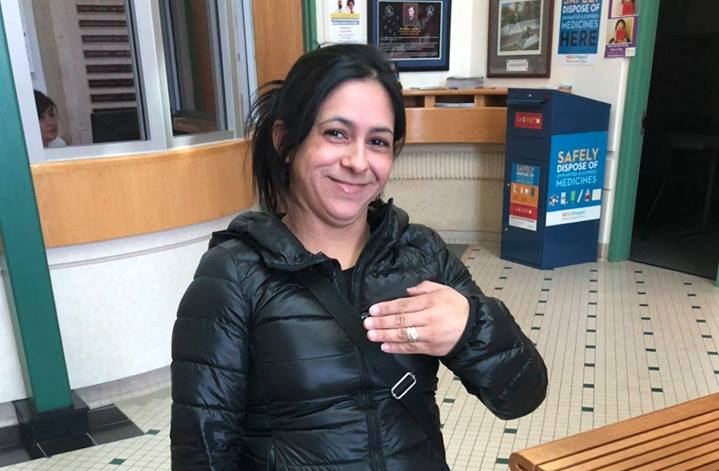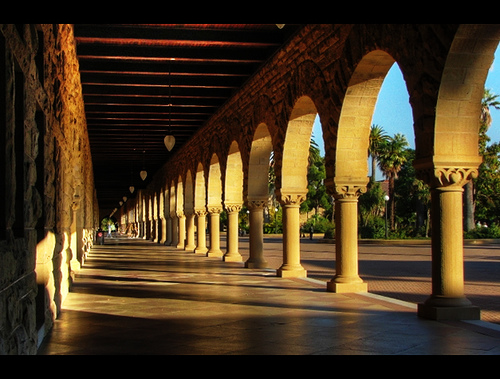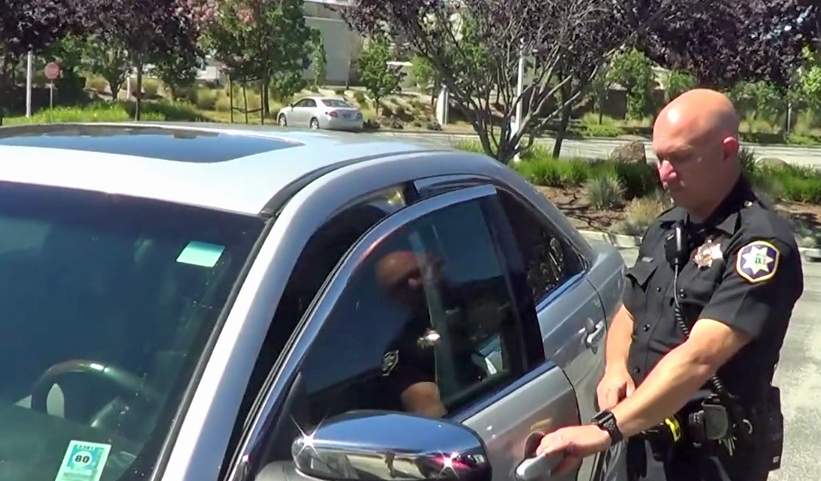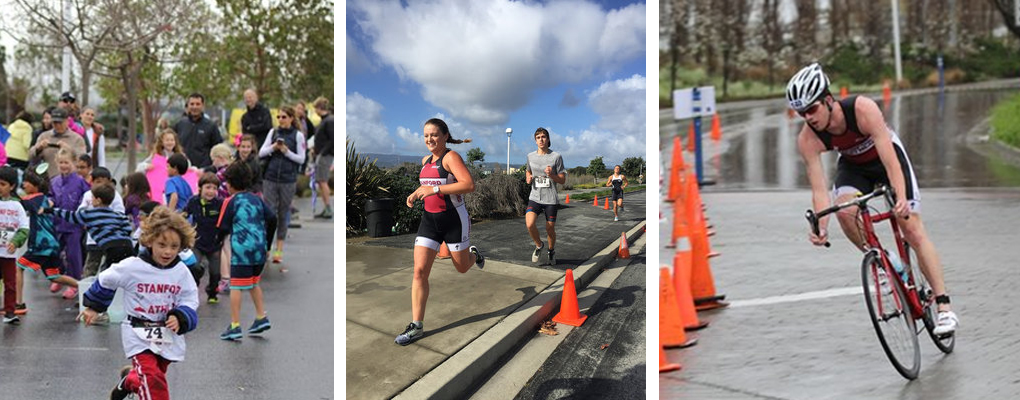Supes vote in favor of placing Regional Measure 3 on June ballot

The San Mateo County Board of Supervisors voted in favor Tuesday of placing the Regional Measure 3 (RM3) on the June 5 ballot.
RM3 aims to increase bridge tolls by $1 in 2019, 2022 and 2025 to fund a set of key Bay Area traffic relief and public transit improvement projects, including projects in San Mateo County such as the Dumbarton Bridge highway and rail development, improvements to the Highway 101/State Route 92 interchange and express lanes on Highway 101. The measure would also help fund the Caltrain extension to the Transbay Terminal in downtown San Francisco.
“This year is a once in a generation opportunity to define our transportation future for decades to come,” San Mateo County Supervisor Warren Slocum, who represents the county on the Metropolitan Transportation Commission, said in a statement.
Planned projects under RM3 would address both north/sound and east/west congestion, said Supervisor Don Horsley, chair of the San Mateo County Transportation Authority.
“Addressing the 101/92 interchange and Dumbarton corridor is critical to provide relief in a number of our communities that currently face gridlock every day,” Horsley said in a statement. “In addition, the potential of a new rail bridge adjacent to the Dumbarton is the missing link to creating a true regional rail network that will increase mobility for all Bay Area commuters.”
Slocum also pledged support for a 30-year local tax measure for transportation improvements, but urged voters to reject the repeat of SB1, a $54 billion investment in road repair and maintenance signed by the governor in 2017.









